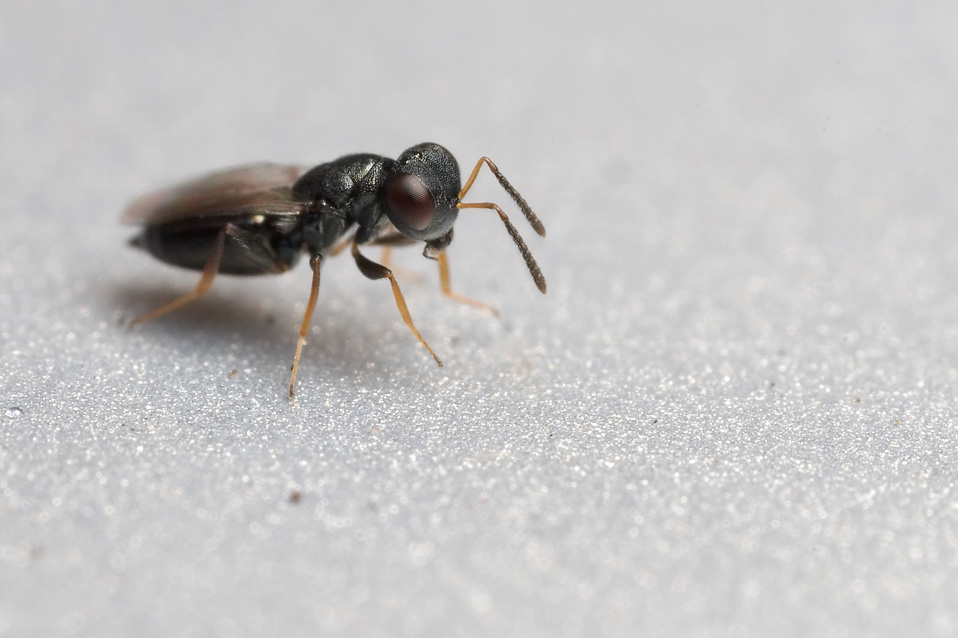Thread subject: Diptera.info :: Another Chalcid wasp ?
Posted by LordV on 21-08-2006 08:21
#1
Only managed one shot of this small wasp (about 5mm bodylength) on my car before it flew off. Taken 20/08/06 South Coast UK. Looks similar to one I posted before but possibly different colouring
http://www.diptera.info/forum/viewthread.php forum_id=6&thread_id=2153 .
Thanks
Brian V.

Edited by LordV on 21-08-2006 08:58
Posted by proctoss on 21-08-2006 13:49
#2
Pteromalidae , undoubtedly:)
Posted by jorgemotalmeida on 21-08-2006 16:56
#3
proctoss wrote:
Pteromalidae , undoubtedly:)
Why Pteromalidae? :)
Posted by proctoss on 21-08-2006 20:53
#4
jorgemotalmeida wrote:
proctoss wrote:
Pteromalidae , undoubtedly:)
Why Pteromalidae? :)
Because it is!;)
Posted by jorgemotalmeida on 21-08-2006 21:44
#5
No... I mean what characters you see in the fly that enables you to conclude the family. Thank you!
Edited by jorgemotalmeida on 21-08-2006 21:46
Posted by ChrisR on 21-08-2006 22:20
#6
I always find it's Pteromalidae when it isn't one of the other familes!! ;)
But seriously, I don't think there is one single character that seperates Pteromalidae from the others - keys usually split off all the other families first and then if it isn't one of those it's a pteromalid :D
Posted by jorgemotalmeida on 21-08-2006 22:40
#7
Chris Raper wrote:
I always find it's Pteromalidae when it isn't one of the other familes!! ;)
But seriously, I don't think there is one single character that seperates Pteromalidae from the others - keys usually split off all the other families first and then if it isn't one of those it's a pteromalid :D
I see. By reduction to families. ;)
But it is not so scientific... because it could be a new species. :) But in general this rule applies very well: it is more probable that you find a known species than an unknown species for Science. But this rule has exceptions, fortunately! :)
